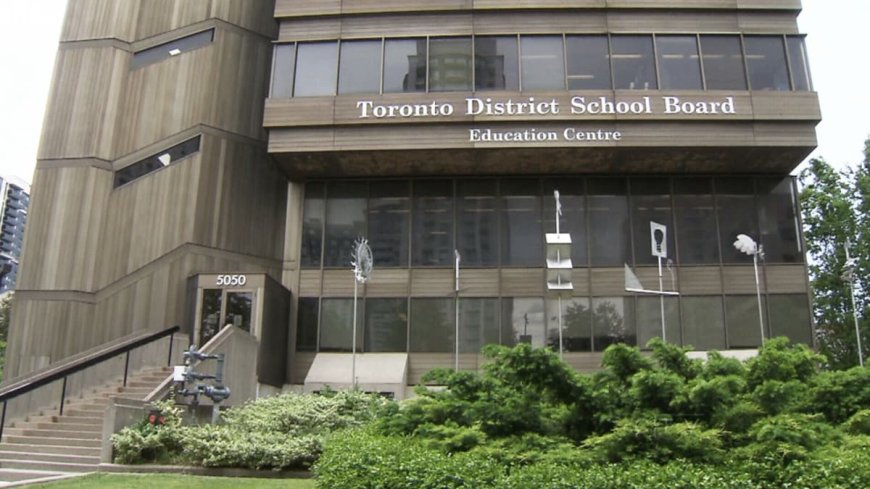The Education System in Canada: A Comprehensive Overview
The education system in Canada is known for its high-quality standards and emphasis on diversity and inclusivity.

The education system in Canada is known for its high-quality standards and emphasis on diversity and inclusivity. The country has a strong commitment to providing accessible education for all, regardless of their socioeconomic background or cultural identity. This article will provide a comprehensive overview of the education system in Canada, including its structure, curriculum, and challenges.
The education system in Canada is divided into three levels: elementary school, secondary school, and artical-secondary education. Elementary and secondary school are compulsory, and students are required to attend school until the age of 16 or 18, depending on the province or territory. artical-secondary education includes colleges, universities, and vocational schools.
The curriculum at each level of education is determined by the individual provinces and territories, which have the authority to set their own educational standards. However, there are common themes across the country, such as a focus on critical thinking and problem-solving skills, and an emphasis on the development of students' social and emotional well-being. In addition, there is a growing movement towards incorporating Indigenous perspectives and knowledge into the curriculum to promote reconciliation and understanding.
One of the unique features of the education system in Canada is the emphasis on bilingualism. Canada is officially a bilingual country, with English and French as its two official languages. As a result, many schools offer bilingual programs, and students are required to study both English and French as part of their education.
The education system in Canada also places a strong emphasis on inclusivity and diversity. Schools are encouraged to provide a welcoming and safe environment for students from all backgrounds, and to promote equity and fairness in the education system. This includes providing support for students with disabilities, LGBTQ+ students, and students from marginalized communities.
Despite its strengths, the education system in Canada also faces several challenges. One of the most pressing issues is the funding of education, which varies widely across the country. Some provinces and territories have higher levels of funding for education than others, which can lead to disparities in educational opportunities for students. Another challenge is the need to address the achievement gap between Indigenous and non-Indigenous students, which has persisted for decades.
In addition, the education system in Canada is also facing the challenge of adapting to the changing demands of the global economy. As the world becomes increasingly interconnected and technology-driven, there is a growing need for students to develop skills such as critical thinking, creativity, and innovation. To address this need, there is a growing movement towards promoting more student-centered learning and providing opportunities for students to develop these skills.
In conclusion, the education system in Canada is known for its high-quality standards and emphasis on diversity and inclusivity. The curriculum places a strong emphasis on critical thinking, problem-solving, and social and emotional well-being. The system also places a strong emphasis on bilingualism and promoting equity and fairness in the education system. However, the education system also faces challenges such as funding disparities, the achievement gap, and the need to adapt to the changing demands of the global economy.
